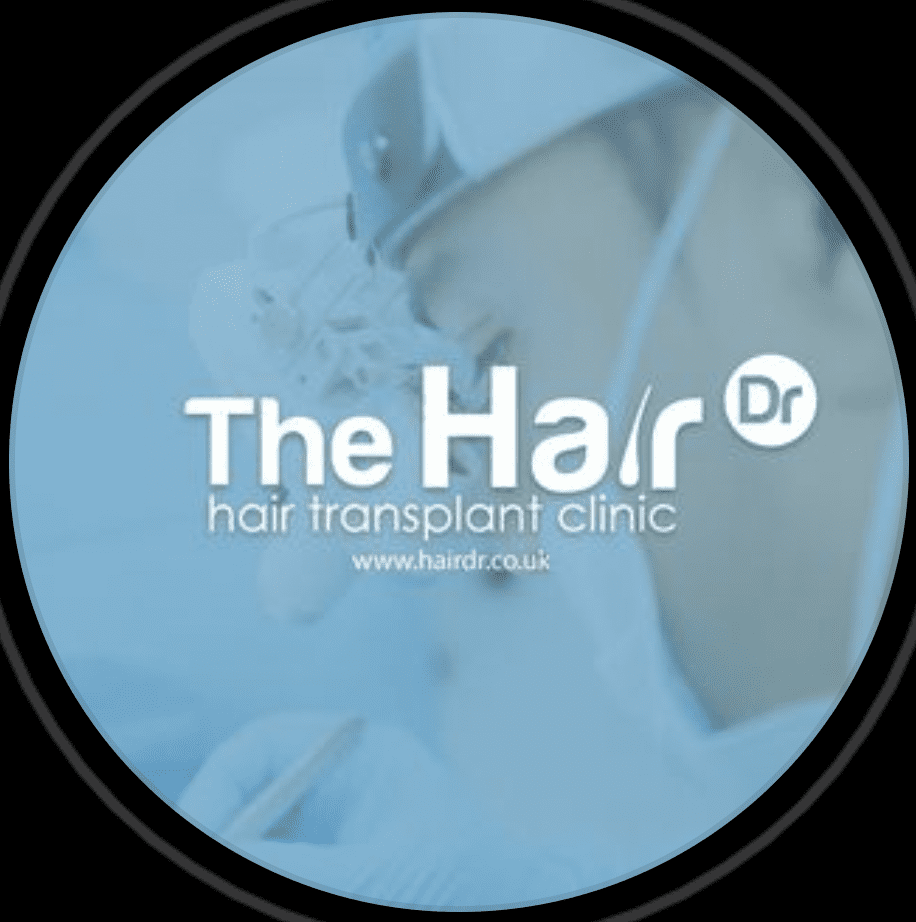Overview of Hair Transplant Procedures
Embarking on the journey of hair restoration often begins with understanding the fundamentals of hair transplant procedures. From follicular unit transplantation (FUT) to follicular unit extraction (FUE), various techniques exist, each with its unique approach and implications for comfort during and after the procedure.
Exploring FUT Technique
FUT, commonly known as strip harvesting, involves removing a strip of scalp from the donor area, typically the back of the head, and transplanting it to the recipient area. Despite its efficacy in yielding a high number of grafts, some patients express concerns about discomfort due to the linear incision and sutures.
Delving into FUE Technique
Contrastingly, FUE entails extracting individual follicular units directly from the donor site, leaving tiny puncture wounds that heal relatively quickly. While FUE is often touted as less invasive than FUT, the extraction process may still cause mild discomfort, albeit manageable for most patients.
Anaesthesia and Pain Management
Central to ensuring patient comfort during hair transplant procedures is the administration of local anaesthesia. By numbing the donor and recipient areas, patients experience minimal to no pain during the surgery. Additionally, post-operative pain management strategies, such as prescribed medications and topical treatments, further enhance the overall comfort level.
Do Hair Transplants Hurt?
Dispelling Myths Surrounding Pain
Despite advancements in hair transplant techniques and anaesthesia protocols, misconceptions regarding the discomfort associated with the procedure persist. It’s crucial to address these myths and provide accurate information to prospective patients.
Managing Expectations
Setting realistic expectations regarding discomfort levels is paramount in ensuring patient satisfaction. While some individuals may experience minimal discomfort or soreness post-procedure, others may report slightly higher levels of pain during the initial recovery phase. By preparing patients for potential discomfort and offering personalised pain management strategies, clinics can enhance the overall experience.
Expert Insights and Recommendations
Optimising Patient Comfort
To optimise patient comfort during hair transplant procedures, clinics employ various strategies tailored to individual needs. From offering pre-procedure relaxation techniques to providing post-operative care instructions, prioritising patient comfort is integral to the success of any hair restoration practice.
Choosing the Right Clinic
Selecting a reputable and experienced hair transplant clinic significantly influences the comfort and satisfaction of patients. Conducting thorough research, reading patient testimonials, and consulting with board-certified surgeons can help individuals make informed decisions regarding their hair restoration journey.
FAQs
How Long Does Pain Last After a Hair Transplant?
Post-operative pain typically subsides within a few days to a week, varying depending on individual pain tolerance and the chosen hair transplant technique.
Can I Take Pain Medication After a Hair Transplant?
Yes, prescribed pain medication can alleviate discomfort during the initial recovery period. Follow your surgeon’s instructions carefully to manage pain effectively.
Will I Be Awake During the Hair Transplant Procedure?
While you will be conscious during the procedure, local anaesthesia ensures that you remain comfortable and pain-free throughout the process.
Is Hair Transplant Pain Comparable to Other Cosmetic Procedures?
The level of discomfort experienced during a hair transplant is often milder compared to more invasive cosmetic procedures, such as plastic surgery.
Can I Resume Normal Activities After a Hair Transplant?
While you may need to avoid strenuous activities for a few days post-procedure, most individuals can resume normal activities shortly after their hair transplant.
Are There Any Long-term Side Effects Related to Pain?
Serious long-term side effects related to pain are rare. However, it’s essential to follow post-operative care instructions diligently to minimise any potential complications.
Conclusion
While it’s natural to expect some discomfort, improvements in technique and pain management have greatly increased the comfort of hair restoration procedures. By setting realistic expectations and making patient comfort a priority, people can begin their journey to hair restoration with confidence and positivity.









